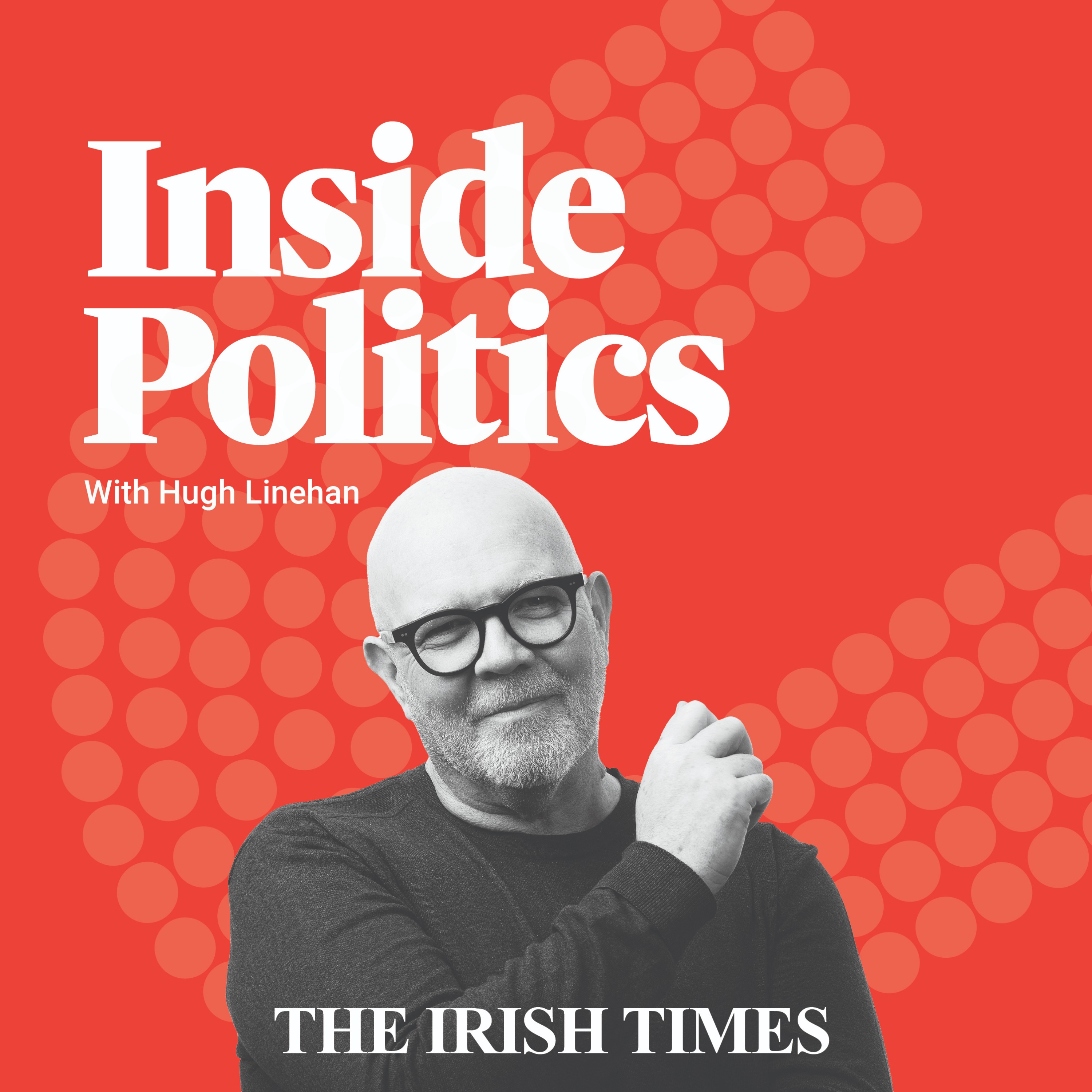General election battle lines on housing are clearly being drawn, and the early skirmishes that followed Monday’s publication of Sinn Féin’s housing plan tell us a lot about the contest for credibility on this most intractable and thorny problem.
The plan is nothing if not detailed, running to 107 pages – and Sinn Féin is going to press its message home quite literally, planning a nationwide mail out of an abridged version to every home in the country in the coming weeks. It aims for a regearing of the housing system, envisaging 30 per cent of homes being “non-market public housing”, as opposed to the current situation where the party says 84 per cent is “private for profit”.
This will require the construction of an average of 60,000 new homes a year over the next five years, it says. The Government admits its official target of 33,000 a year is inadequate, and the indications are that new targets next month will be about 50,000 annually.
It is noteworthy that the Sinn Féin plan lacks some of the more explicitly “retail” elements that the Government strategy boasts. The Coalition has invested both political and financial capital in schemes like Help to Buy and its shared equity First Home Scheme, probably the two best-known interventions out of Darragh O’Brien’s sprawling array of policies deployed since 2020. The attraction is clear for the Government – these programmes are turning renters into owners.
READ MORE
The Sinn Féin riposte is they are limited to only some of the market, but inflate it for everyone. It plans to wind down or axe these schemes entirely, while tweaking eligibility criteria for others; Pearse Doherty said on Monday that another two years of Government policy would make houses €50,000 more expensive, a sobering proposition for anyone hoping to purchase a home.
The party says that a host of reforms to the planning process, as well measures on zoning, supports for small builders and wider use of compulsory purchase orders would negate the need for schemes that work to drive demand. That sounds like an elegant solution, but deeper reforms take longer to achieve – and the Government will doubtlessly argue that much of this work is already under way.
The fight for Sinn Féin will be to convince voters that ditching these schemes will not leave houses further out of reach in the short term, even if they can make a convincing case for a better-functioning housing market five years from now. There is evidence that the party is fine-tuning its offering to give more in the short term – the housing plan contains a stamp duty exemption for first-time buyers of homes up to €450,000, which was not featured in extensive trailing of its policies over the summer, and is understood only to have been agreed in recent weeks. It says from year one, there will be more affordable homes, pointing to 22,000 homes stuck in the bureaucratic system for delivering social homes. It is also offering a three-year rent freeze from day one.
Another angle of attack the Government has already identified is the novelty of some of Sinn Féin’s proposals – take, for example, the affordable homes scheme which is predicated on the State owning the land under a property in perpetuity, with some restrictions on the future sale or rental of an owned property.
It says it can produce affordable homes for between €250,000-€300,000 this way. The Coalition has dived on this policy, arguing that banks won’t write mortgages for it (the banks themselves are mute on the question so far, while Sinn Féin says they are confident this won’t be a problem). They also argue, somewhat hyperbolically, that it makes traditional home ownership impossible. Again, this is a battle that will play out in the minds of voters: is the Sinn Féin plan credible enough to convince voters to walk away from Government schemes they probably intuitively feel are flawed, but offer the chance of home ownership?
Sinn Féin also says the party will spend less on long-term funds to pay for changing demographics, climate change and infrastructural shortfalls to invest in housing. Doherty, the party’s finance spokesman, was particularly strong on this point, and the politics of it are compelling: it is very easily understood, in an age of catchphrase politics, to diminish Government plans to spend tomorrow when there are so many problems in the here and now. But it opens up another front for the Government, which will doubtlessly question whether Sinn Féin can be trusted with the big economic decisions.
The Government says it has turned a corner on housing – but affordability, supply shortfalls and homelessness are as dire as ever. Meanwhile, Sinn Féin says the entire map has to be redrawn, but its solutions are untested even if they come against a backdrop of lacklustre Government achievements. How this contest plays out among the pool of undecided voters will determine much in the months ahead.

Coalition conflict as the budget draws near
- Listen to our Inside Politics Podcast for the latest analysis and chat
- Sign up for push alerts and have the best news, analysis and comment delivered directly to your phone
- Find The Irish Times on WhatsApp and stay up to date














